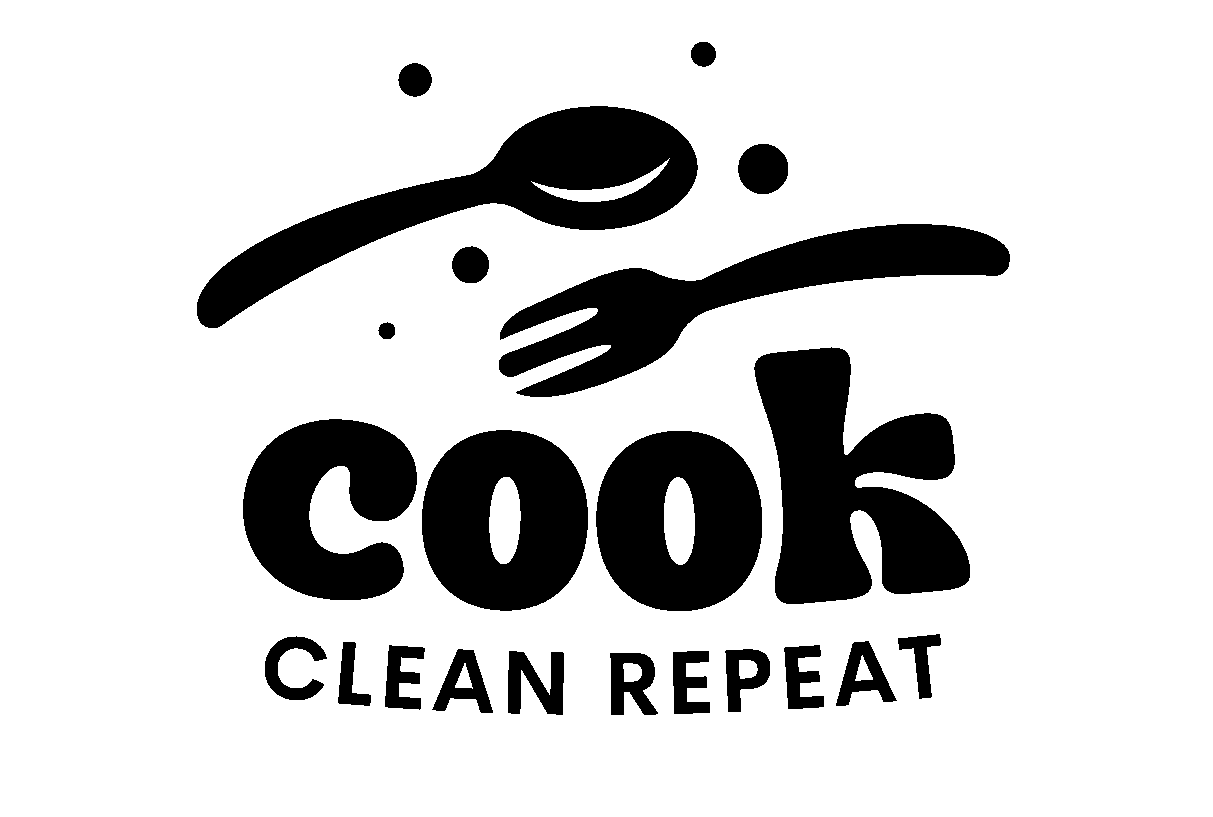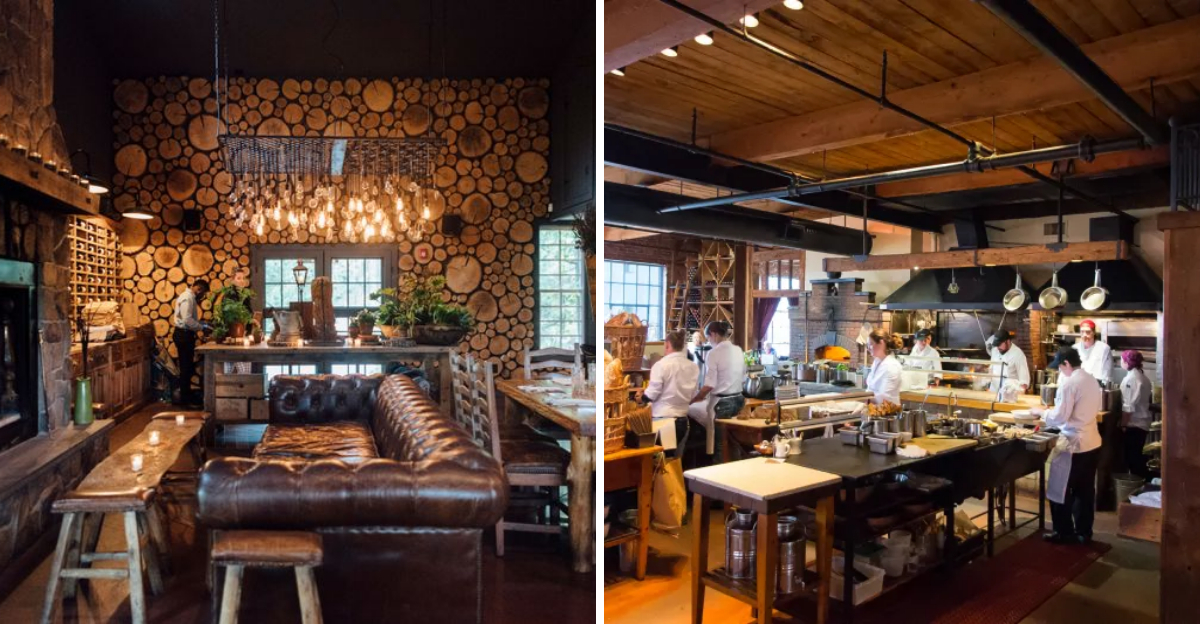12 Behaviors To Avoid At Fine Dining Restaurants, Etiquette Pros Say

Fine dining isn’t just about exquisite food—it’s a choreographed experience where your behavior shapes the evening. A few small missteps can ripple through the room, frustrating staff and dimming the magic for your tablemates. Etiquette pros say mastering modern manners isn’t fussy; it’s respectful, and it ensures you get the best from the kitchen and service team. Read on for the most common pitfalls and what to do instead, so you can savor every course with confidence.
1. Showing Up Late Without Calling

Service in fine dining runs like a well-timed ballet. Arriving more than twenty minutes late without warning throws off course pacing, table turns, and kitchen fire times. It can also shorten your experience as later courses may need to be condensed. Do instead: call ahead as soon as you know you’ll be late. Even five minutes’ notice helps the team resequence courses and hold hot items appropriately. If you’re significantly delayed, ask the host’s guidance on adjusting your reservation. Respecting timing honors the chef’s planning—and earns goodwill for your table.
2. Dousing Food Before Tasting

Blanketing a dish with salt, pepper, or hot sauce the moment it lands suggests distrust of the chef’s palate. In fine dining, seasoning is intentional and often delicate, balancing acidity, texture, and aroma. Over-seasoning can flatten nuance and insult the kitchen. Do instead: taste first; let your palate acclimate, then season lightly if truly needed. Ask for condiments discreetly; some cuisines or tasting menus avoid them for harmony. Consider that temperature and aroma evolve across the first bites. Patience respects the craft—and preserves the dish’s intended journey.
3. Leaving Your Phone on the Table

Phones on the table disrupt ambiance and cue distraction; flash photos jar neighboring guests, and calls at the table break the room’s calm. Fine dining is about presence, conversation, and savoring pacing. Do instead: silence and pocket your phone, or keep it face down and out of sight. Step outside for urgent calls and ask permission before photographing, avoiding flash. Many restaurants dim lighting to frame the food—respect that theater. You’ll notice flavors more clearly when your attention isn’t split, and your companions will feel prioritized.
4. Talking Over the Sommelier or Server

Interrupting the sommelier or server mid-explanation can cause miscommunications—from wrong vintages to mismatched courses. It also signals disregard for their expertise. Do instead: let them finish, then ask concise questions. Share preferences, aversions, and budget upfront to guide recommendations efficiently. If you need a moment, pause the spiel kindly. Precision helps the team pace pours with dishes, avoiding rushed service or cold plates. Clear, courteous dialogue reduces errors and elevates the pairing experience. Remember: the best service is collaborative, not combative.
5. Wearing Heavy Fragrance
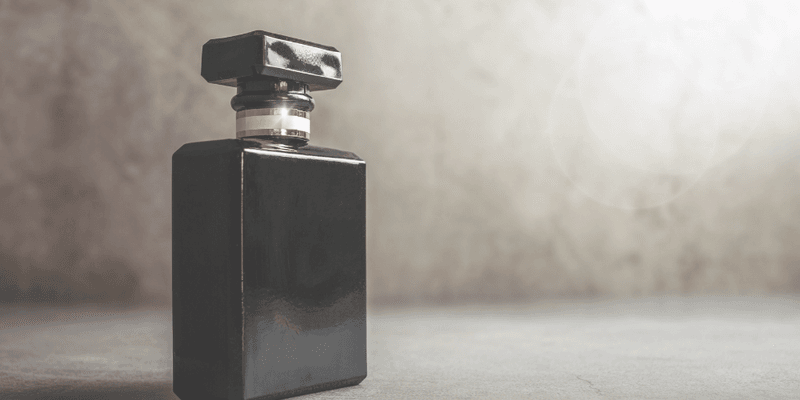
Powerful perfume or cologne can overpower subtle aromas from the plate and glass, blurring taste perception for you and others. In close quarters, lingering sillage disrupts the dining room and primes complaints. Do instead: keep fragrance minimal or skip it altogether. Let the wine’s bouquet and the kitchen’s aromatics shine. If you must wear scent, apply lightly well before arrival so it dries down. Etiquette is about consideration; in this case, the most elegant note is restraint, allowing flavors and aromas to be the star.
6. Reaching Across the Table

Stretching across place settings or over someone’s plate invites spills, broken stemware, and awkward intrusions. It’s distracting and unsanitary. Do instead: ask politely for items to be passed, or request assistance from staff if something is out of reach. Maintain upright posture and keep elbows in; let the table remain uncluttered so passing is smooth. Remember that servers choreograph plate placement; your sudden reach can intercept their path. A calm, contained reach is good form; avoiding the reach entirely is better.
7. Moving Place Settings and Glassware

Shifting cutlery, bread plates, or glassware disrupts the service map, risking misfires and spills. Each piece is placed for pacing and accessibility; moving them complicates wine pairings and course clearings. Do instead: ask for more room, a different water glass, or an extra side plate—staff will reset properly. If you’re left-handed or uncomfortable, mention it when seated. Keep personal items off the table to preserve space. Trust the layout; it’s designed to support both elegance and efficiency.
8. Arguing About Dress Code at the Door

Hosts can’t waive policy on the spot, and debating delays seating for everyone. Dress codes protect the restaurant’s ambiance and guest expectations. Do instead: check guidelines when booking; if unsure, choose business-smart attire or call ahead. Many places have loaner jackets—ask politely. Arrive prepared so the greeting is warm and swift. If turned away, accept graciously and rebook. Courtesy here respects staff boundaries and the experience other guests purchased.
9. Over-Ordering Then Cancelling
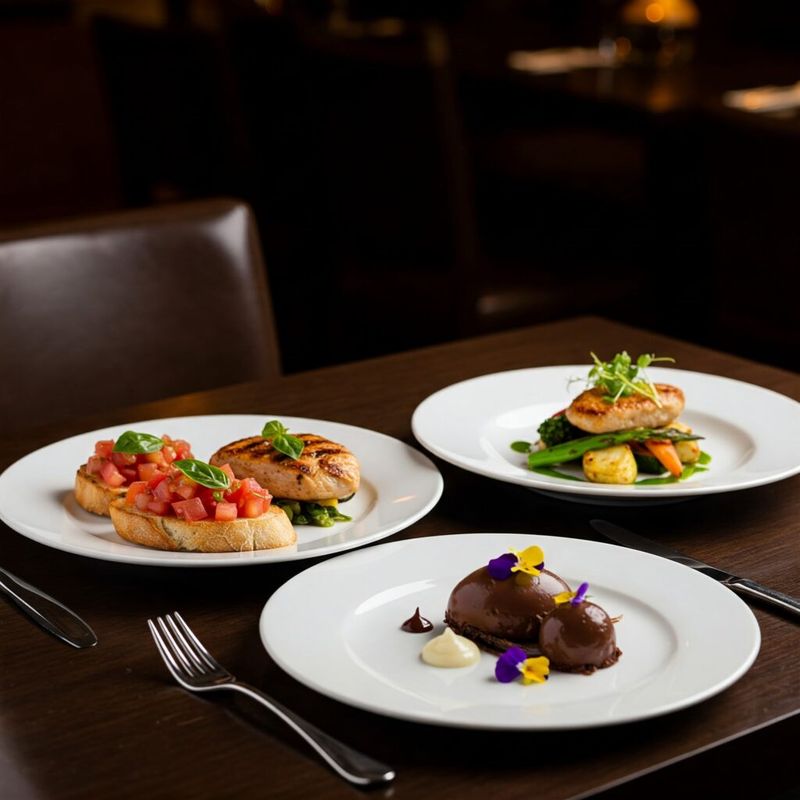
Ordering a parade of dishes only to cancel mid-meal disrupts kitchen timing and wastes prep. Chefs stage courses like a narrative; last-minute deletions cut chapters and squander ingredients. Do instead: order thoughtfully up front, considering appetite and pacing. If uncertain, ask the server about portion sizes or share plates. Add a course only if you truly have room and it won’t derail timing. The kitchen will appreciate your restraint, and your palate will enjoy a coherent arc.
10. Sending Back Correct Dishes from Regret
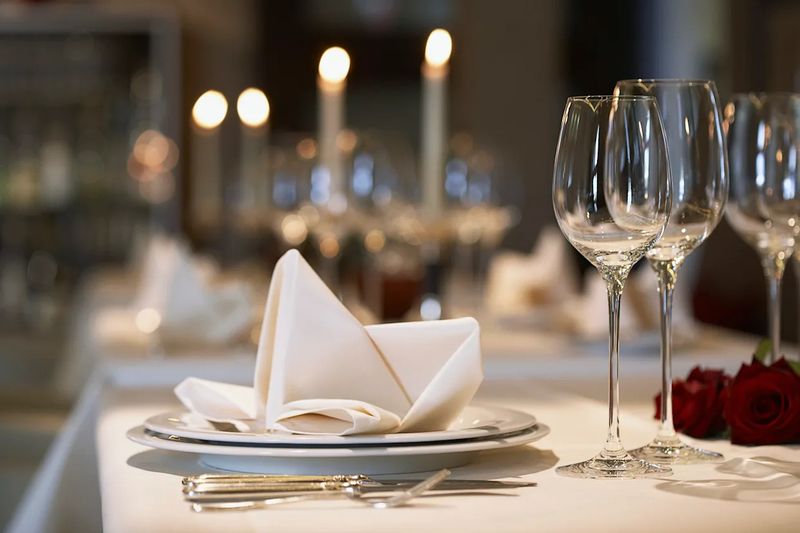
Buyer’s remorse isn’t a kitchen error. Sending back a correctly prepared dish strains service and may waste food. Do instead: communicate doneness or allergies early, and ask clarifying questions before ordering. If something arrives off-spec—like steak doneness—speak up promptly and politely. Otherwise, accept your choice and learn for next time. Staff are happy to guide you toward a better fit on future courses or visits. Thoughtful ordering honors the team’s time and ingredients.
11. Mishandling Serviceware

Common tells include tossing utensils into plates, napkins abandoned on the chair after the meal, and gripping wine by the bowl. These small slips telegraph inexperience and can inconvenience staff. Do instead: place your napkin in your lap at the start; if leaving temporarily, set it on your chair, and when finished, fold loosely and place to the left of your setting. Rest utensils together at 4 o’clock to signal you’re done. Hold stemware by the stem to preserve temperature and clarity.
12. Tipping with Penny-Perfect Math Huddles

Prolonged tip calculations at the table stall turnover and look awkward. Fine dining already builds in thoughtful pacing; lingering over decimals can sour the final impression. Do instead: estimate quickly—18 to 22 percent is a common range for good service, more for exceptional experiences. Use your phone discreetly if needed, or decide the range before the check arrives. If splitting, designate one payer and settle the remainder digitally. A graceful close leaves everyone smiling.
